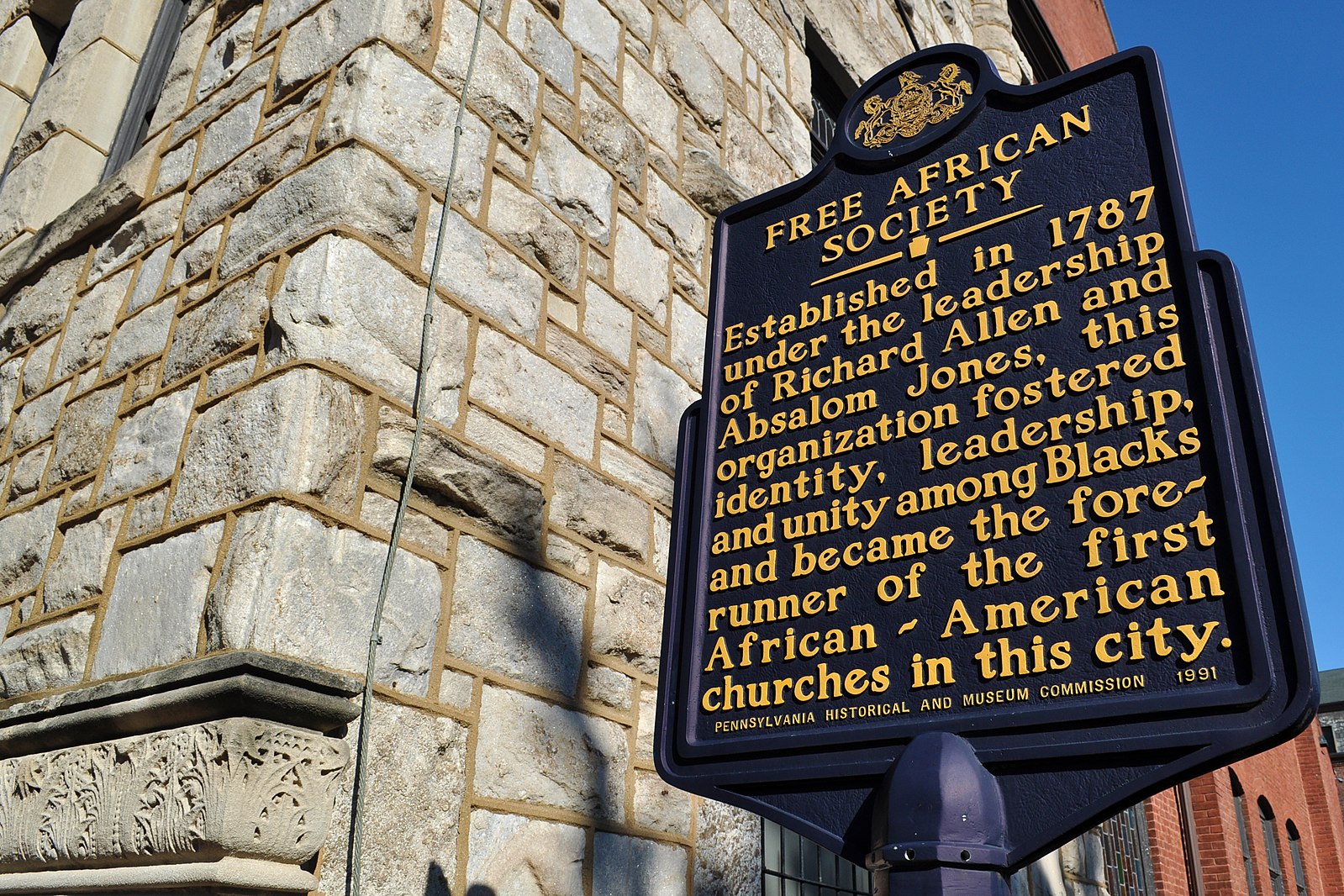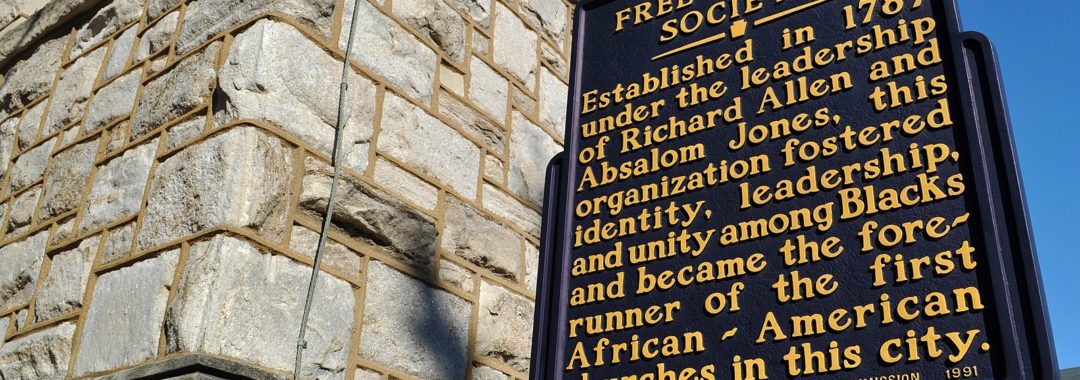As the death toll climbed and thousands fled the city in fear, Dr. Rush wrote a letter to a local newspaper insinuating the idea that African Americans were somehow immune to yellow fever. The newspaper then wrote an article pleading with free African Americans to help with the sick. Absalom Jones and Richard Allen, two of Philadelphia’s most prominent African Americans at the time, met with members of the Free African Society and decided to offer assistance to the citizens of Philadelphia.
“Early in September, a solicitation appeared in the public papers, to the people of colour to come forward and assist the distressed, perishing, and neglected sick; with a kind of assurance, that people of our colour were not liable to take the infection. Upon which we and a few others met and consulted how to act on so truly alarming and melancholy occasion. After some conversation, we found a freedom to go forth, confiding in Him who can preserve in the midst of a burning fiery furnace, sensible that it was our duty to do all the good we could to our suffering fellow mortals.”
- Richard Allen and Absalom Jones
African American women nursed the sick and dying, while African American men mainly tended to transporting the sick and burying the dead. These heroic individuals, who were denied citizenship after the American Revolution and treated as inferior, risked their lives to help save the very people who oppressed them. In the end, the yellow fever outbreak claimed thousands of lives including approximately 240 African Americans.
In a time when black communities are being disproportionately affected by Covid-19 in the United States, it seems more important than ever to remember the story of these heroes who once rose to the occasion, risked themselves to work the front lines, and saved lives. That work continues today, and we are grateful.
James Harrington
Manager of Interpretive Services
National Underground Railroad Freedom Center


